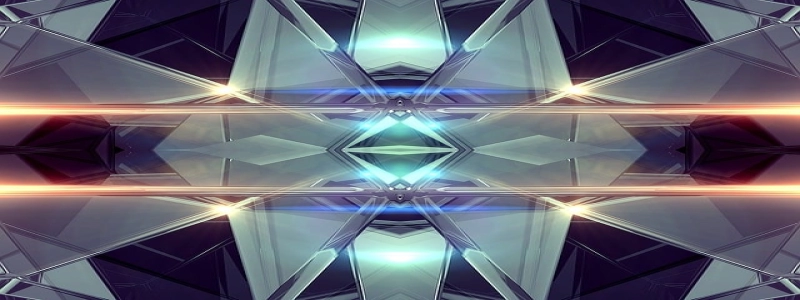Fiber Optic Audio Cable
Uvod:
Fiber optic audio cables, also known as optical audio cables or TOSLINK cables, are widely used in the audio industry to transmit high-quality digital audio signals. This article will delve into the details of fiber optic audio cables, including their construction, benefits, and applications.
jaz. Construction of Fiber Optic Audio Cables:
A fiber optic audio cable is composed of several layers to ensure the smooth transmission of digital audio signals.
1. Core:
The core of a fiber optic audio cable is made of tiny glass or plastic fibers, known as optical fibers. These fibers are designed to carry light signals that represent audio data. The quality and material of the fibers significantly impact the overall performance of the cable.
2. Cladding:
Surrounding the core is a layer called cladding. Cladding acts as a protective shield for the core by reflecting the light signals back into the core, preventing them from escaping or interfering with other fibers.
3. Coating:
To protect the fibers and provide additional reinforcement, a coating layer is applied. This layer ensures the durability and longevity of the cable, safeguarding it from physical damage or environmental factors.
II. Benefits of Fiber Optic Audio Cables:
Fiber optic audio cables offer numerous advantages over traditional copper cables, making them a preferred choice for audiophiles and professionals alike.
1. Immune to electrical interference:
Unlike copper cables, fiber optic cables are immune to electromagnetic interference, such as radio frequencies or electrical signals. This ensures the delivery of pristine and distortion-free audio signals.
2. High bandwidth and transmission speed:
Fiber optic cables have a much higher bandwidth compared to copper cables, allowing for the transmission of high-resolution audio without any loss in quality. They can handle various audio formats, from stereo to multi-channel surround sound.
3. Longer transmission distances:
Fiber optic cables can transmit audio signals over longer distances without experiencing signal degradation. This makes them suitable for professional audio applications, such as concert venues or broadcasting studios.
III. Applications of Fiber Optic Audio Cables:
Fiber optic audio cables find applications in an array of audio devices and systems.
1. Home Theater Systems:
Fiber optic audio cables are commonly used in home theater systems to connect televisions, audio receivers, and speakers. They ensure a seamless and high-fidelity audio experience, enhancing the overall enjoyment of movies and music.
2. Professional Audio Setup:
In professional audio settings, like recording studios or live sound setups, fiber optic audio cables are utilized to transmit audio signals between multiple devices. Their stable and reliable transmission capabilities contribute to the production of high-quality audio recordings or live performances.
3. Gaming Consoles:
Many gaming consoles are equipped with optical audio output ports, allowing gamers to connect their consoles to external sound systems using fiber optic audio cables. This enables immersive gaming experiences with superior audio quality.
Zaključek:
Fiber optic audio cables have revolutionized the way audio signals are transmitted, offering superior performance and reliability. Their construction, benefits, and extensive applications make them an indispensable component in various audio setups. Whether it’s for home entertainment or professional use, fiber optic audio cables provide an unparalleled audio experience, ensuring the delivery of sound in its purest form.








